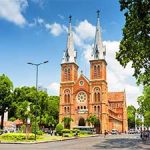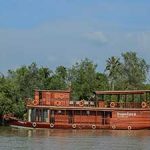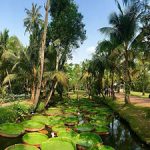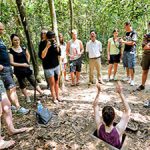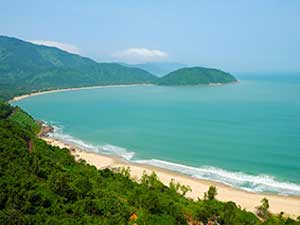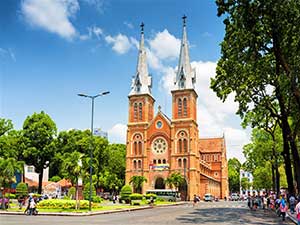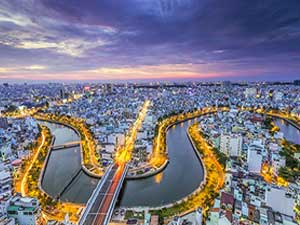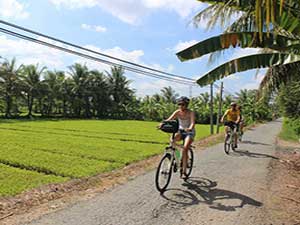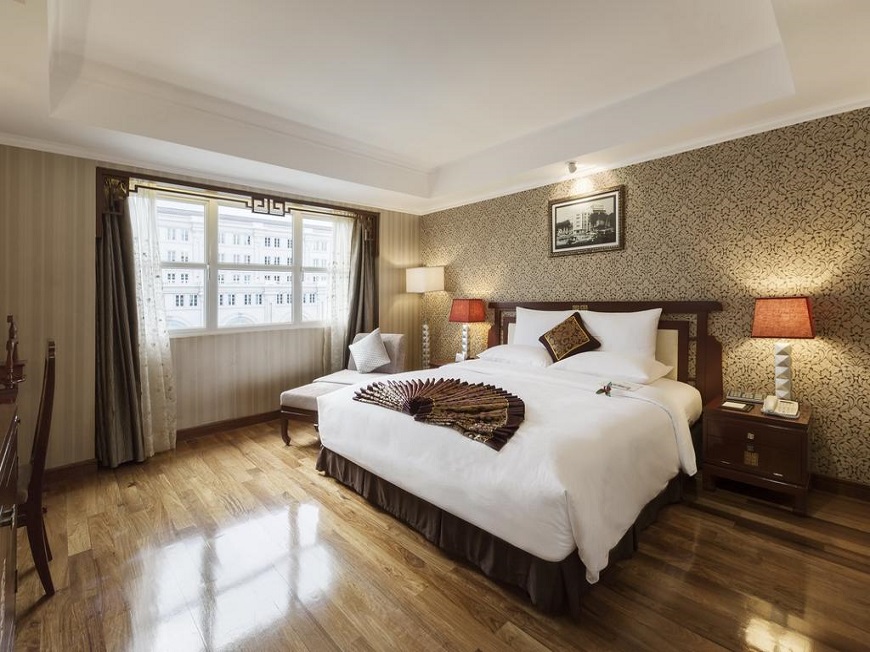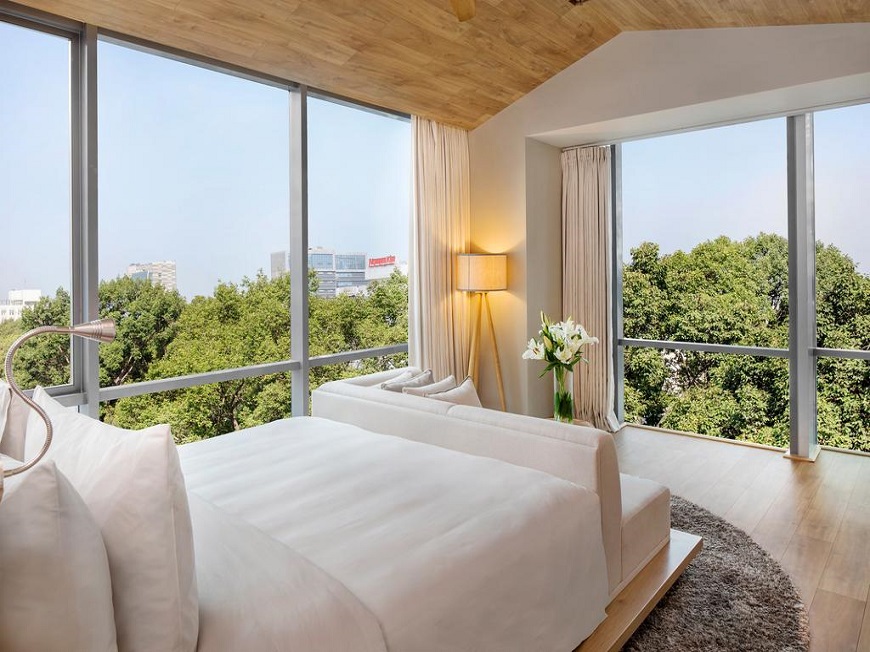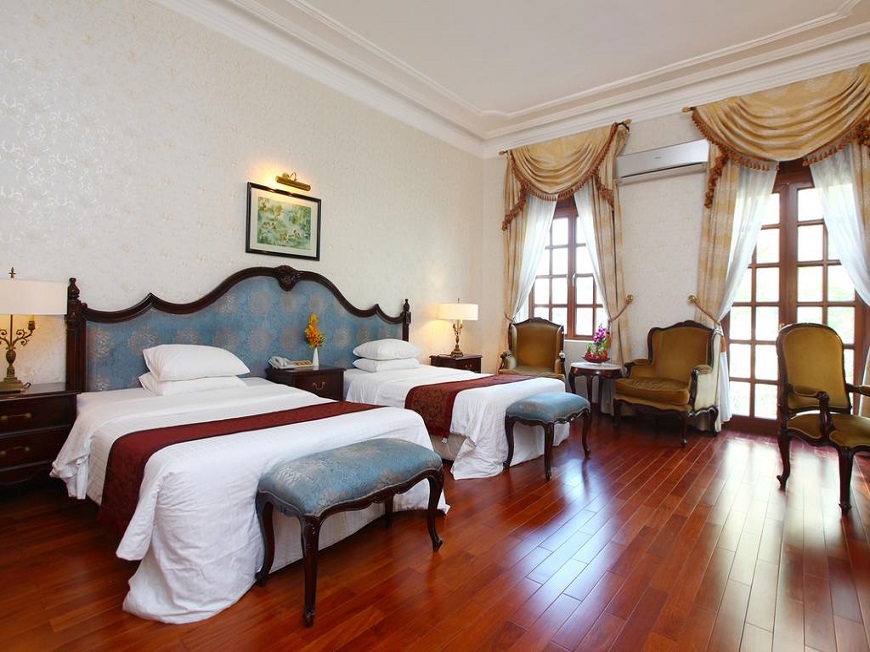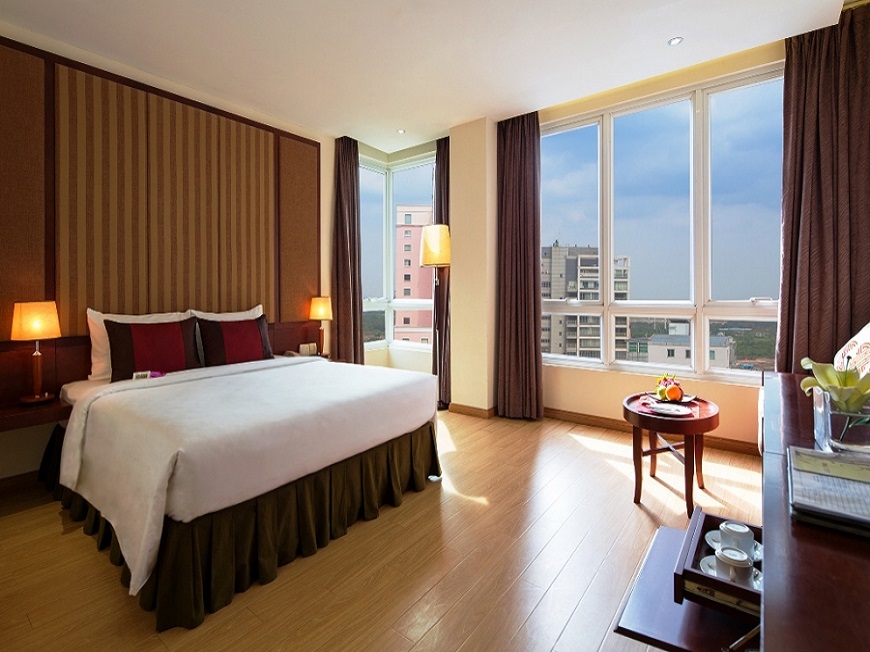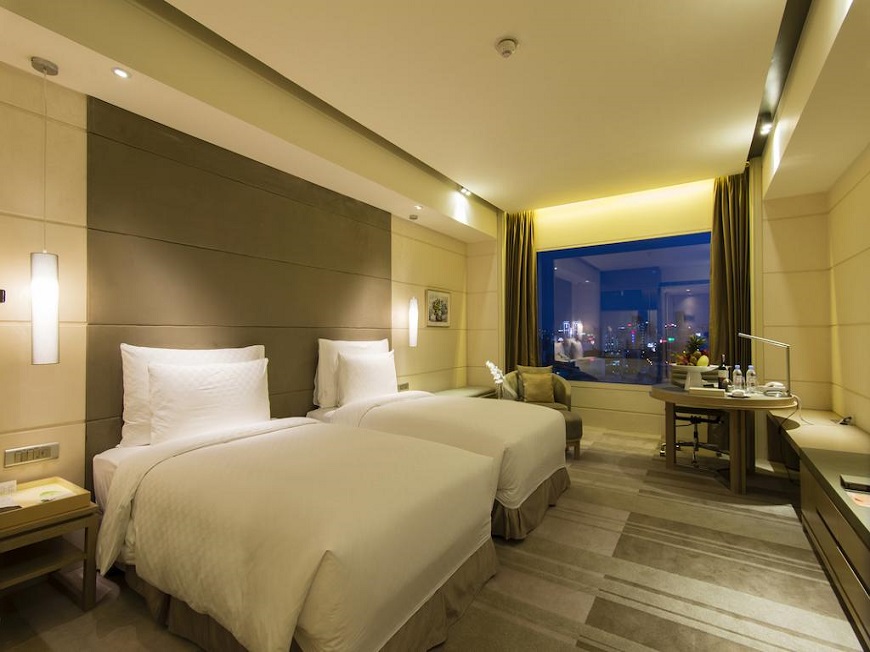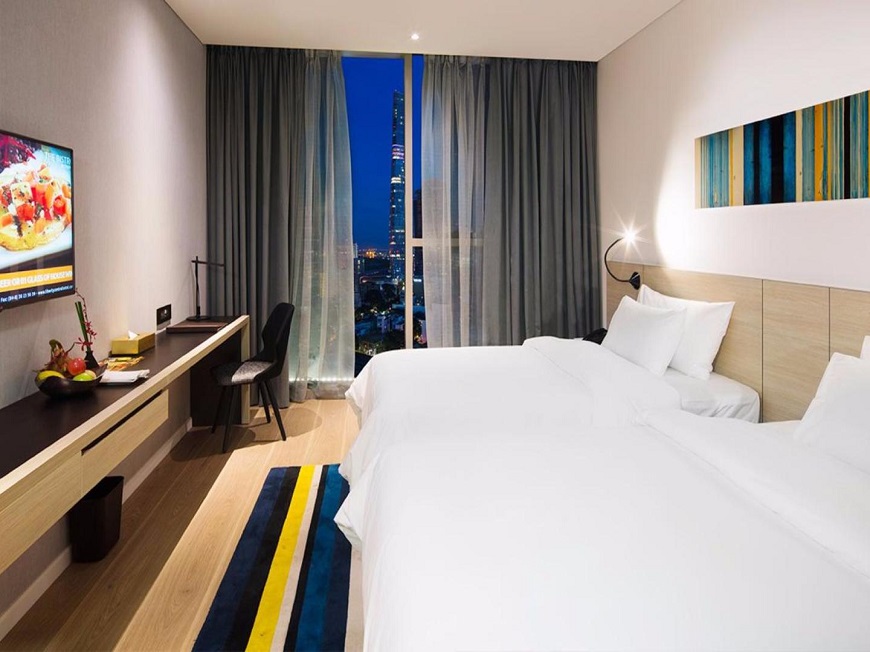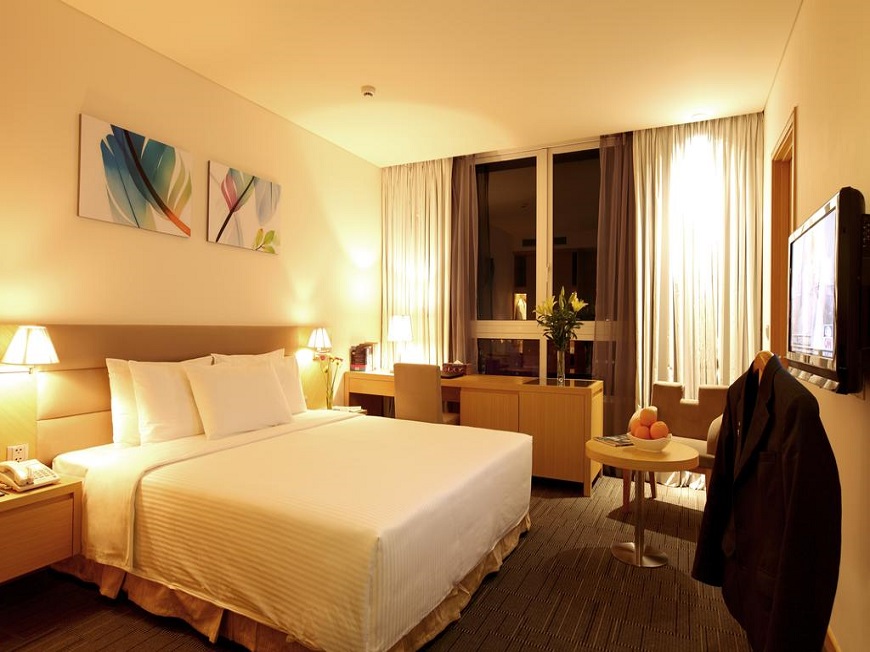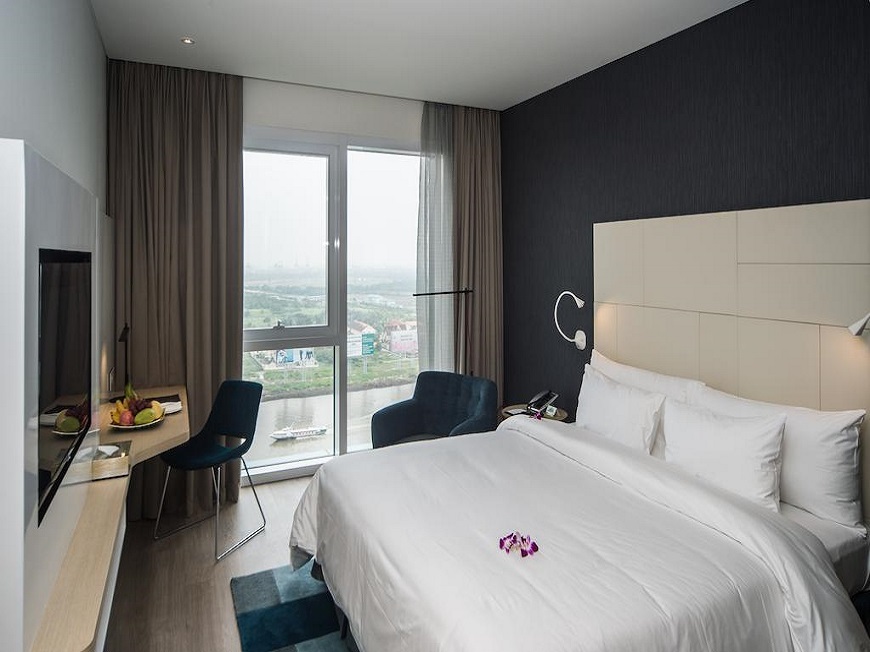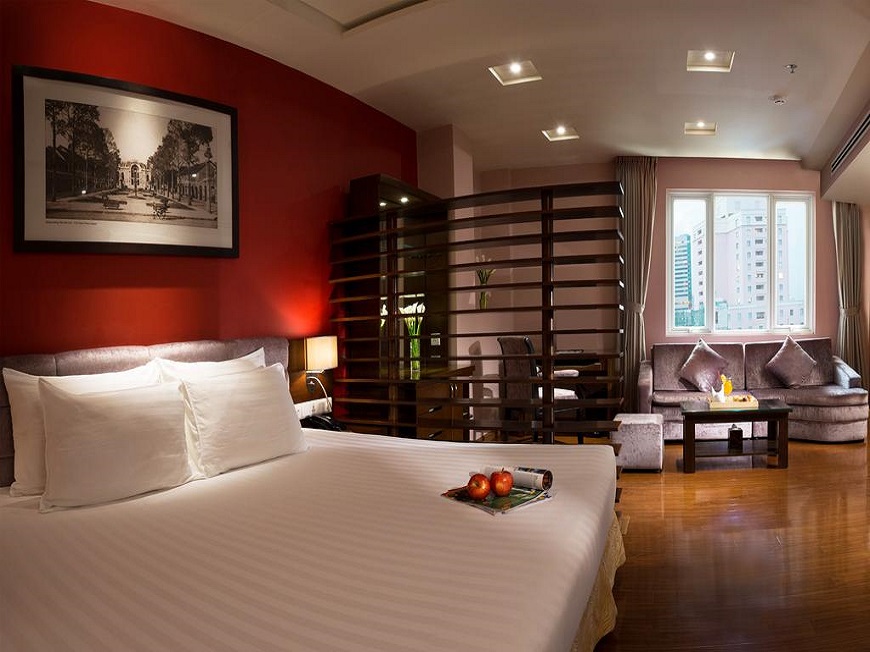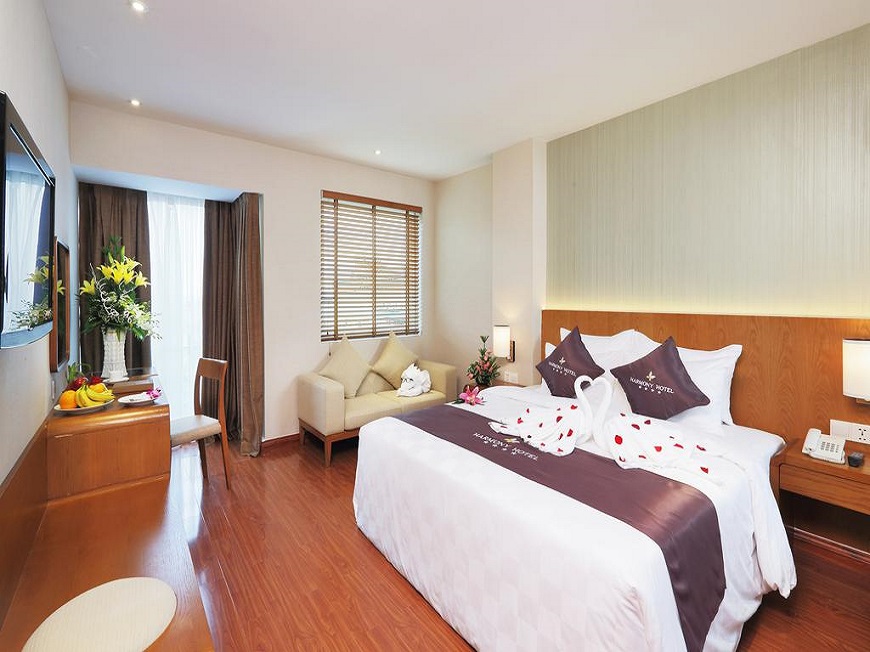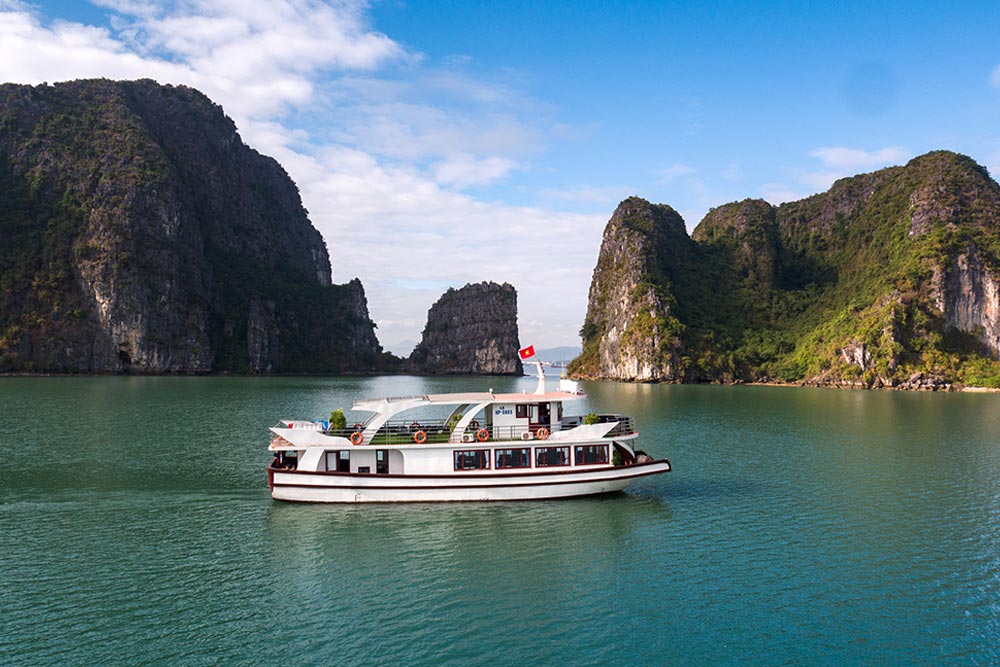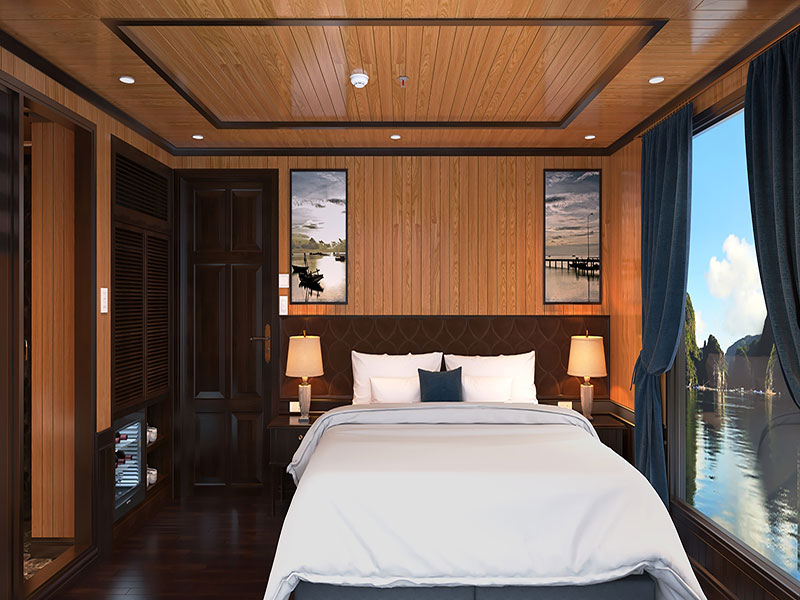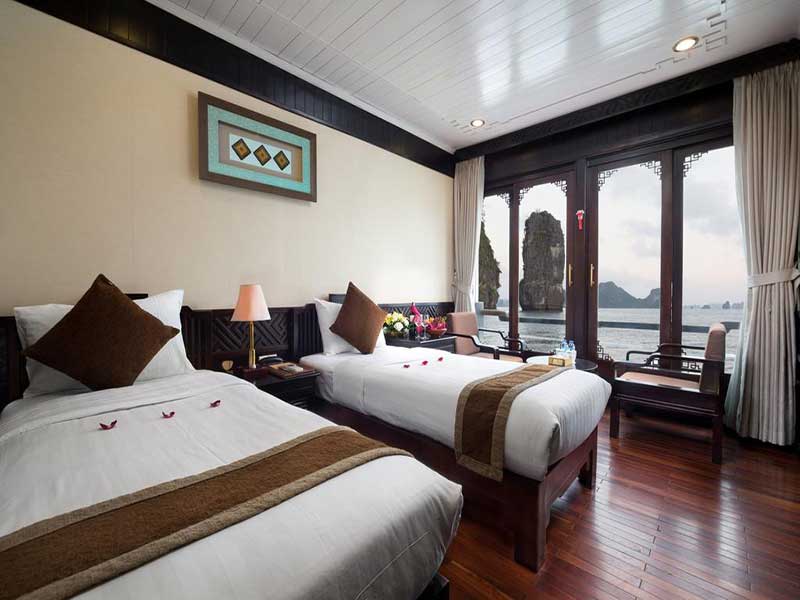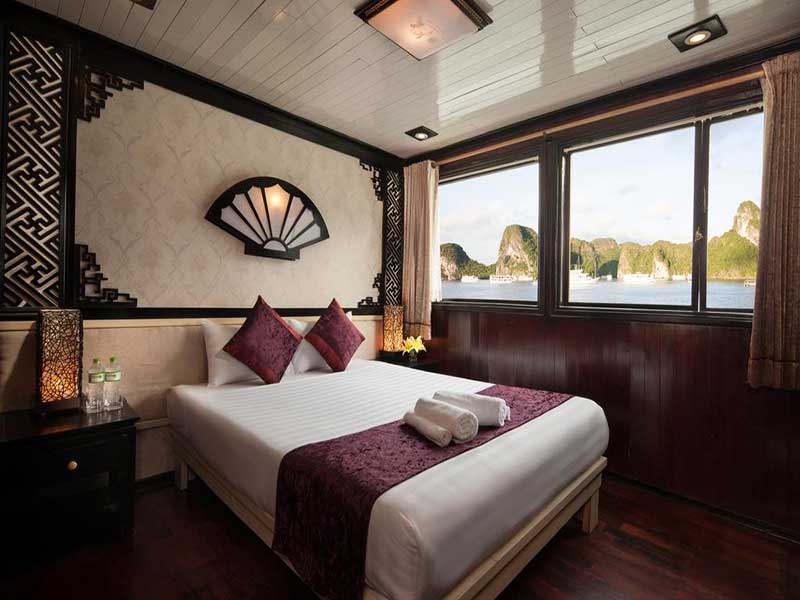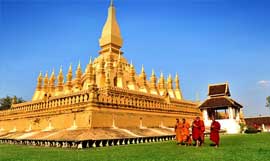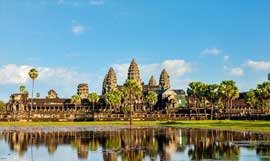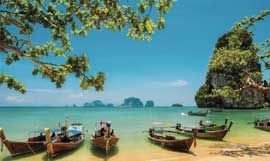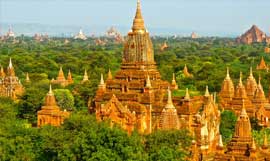Cao Dai temple, located in Long Thanh Bac commune, Hoa Thanh district, Tay Ninh province, taking 4km from south west of Tay Ninh city, and about 100km from Ho Chi Minh City to the northwest, converges the Vietnamese architectural, artistic and religious beauty in the eyes of many tourists coming here. Referring to the South of Vietnam, perhaps Buddhism tourism is one of the most significant spiritual cultures that promises to bring tourists many emotional touches and amazing experiences about the mysterious historical and cultural value of Vietnamese people.

The first impression about the temple is its typical architecture of Vietnam. Situated on an area of about 40km², the entire Cao Dai temple, Tay Ninh consists of nearly 100 large and small architectural works built of bamboo, the featured material and symbol of Vietnamese village. There are 12 gates carved with four Chinese characters, Long, Lan, Quy, Phung, and lotus, meaning associated with the four valuable animals that represent for the flourishing and power. The main hall is the largest door with different decorations bearing the image of Asia, lotus and three ancient secrets that show the spiritual value of Caodaism.

To Cao Dai temple, from the main path, following to the center of Cao Dai temple, the three stupas will impress tourists immediately. There are nine pictures of the eight bowls, painted in yellow, green, and red. Nearby is the ancient Bodhi Tree taken by the Venerable Thera Narada from India in 1953. Across the campus, tourists will discover the image of Cao Dai emple through the statue of the monk, and the image of architectural work with a length of 97m, width of 22m, reflecting the harmony between Asian and Western art. Surrounding the church, both inside and outside, there are 156 large columns to support the porches in the corridor.

The front of the hall is the area of Hiep Thien Dai. For tourists first coming here, the spirit of Caodaism is spreading all around from the first step taking into Cao Dai temple. The entrance is the bell tower on the left and the empty room on the right. The main entrance is called Tinh Tam Dai meaning the original tranquility of this area. Above Tinh Tam Dai there is a large semicircular shape, being considered as the eyes of Cao Dai temple, shining the . Buddhism when ringing the bell. Next to the area of Hiep Thien Dai is the Cuu Trung Dai shaped as the body of Long Ma. This area has 18 pillars divided into two parts, decorated dragon with sophisticated carves. This is the ritual area of worshipers from different area in the South to wish for the peace and happy in their life.
Let’s experience the little beauty of Vietnamese spiritual culture, Caodaism, at Cao Dai temple to truly understand and give more respects for Vietnamese people’ life!


